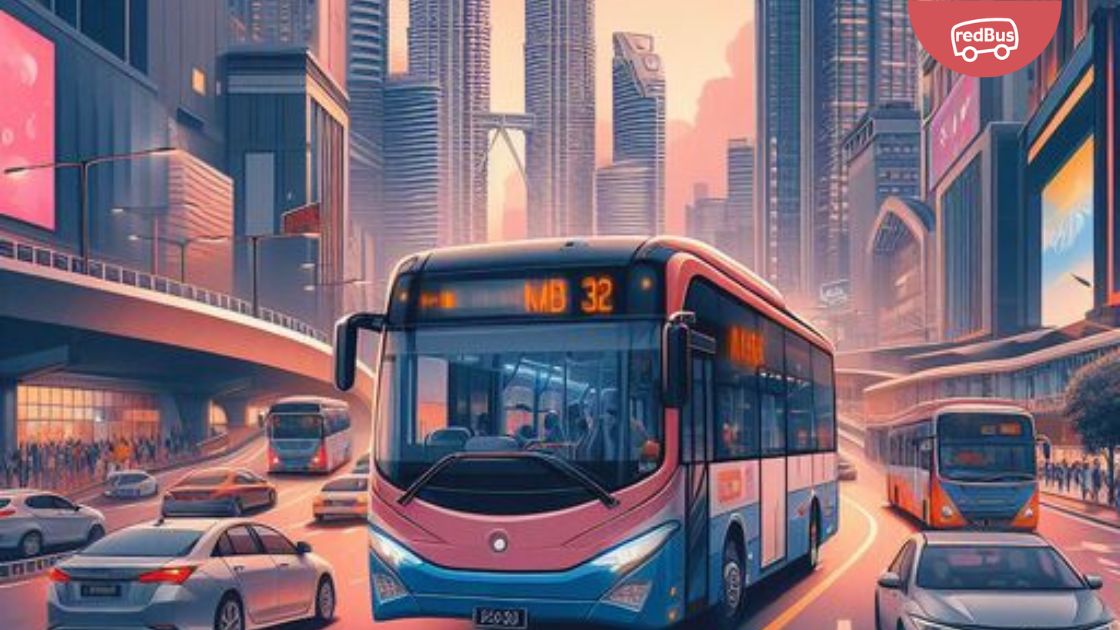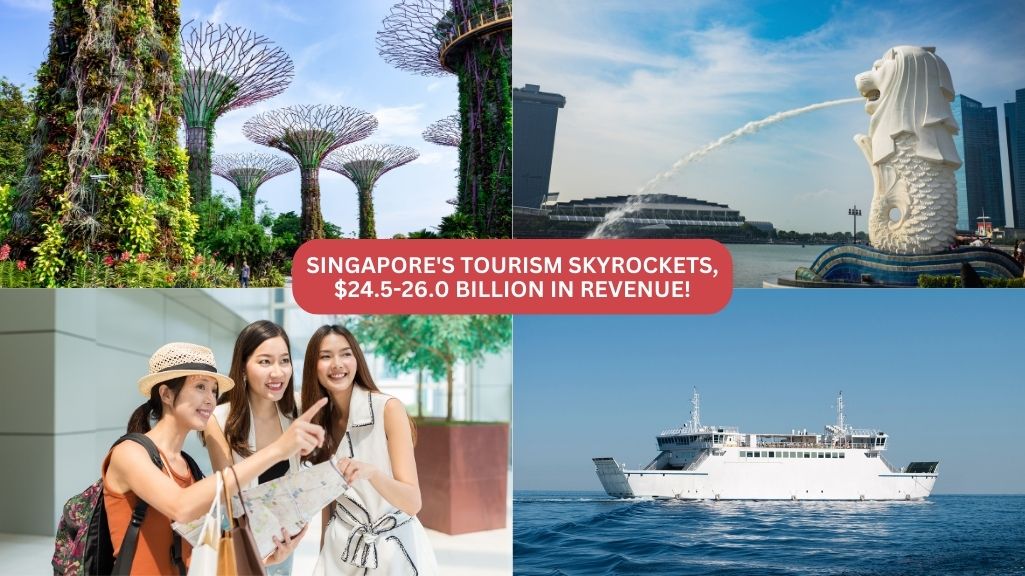The Welfare, Community, and Dialogue Association has applauded the coalition government’s initiative to devise an energy transition strategy, in addition to the plan for decarbonizing Malaysia’s transport sector. This includes the comprehensive low-carbon mobility blueprint for 2021-2030, finalized in 2020. While the strategy is a positive step towards a green economy, its true effectiveness will be limited if it focuses solely on commercial gains, neglecting the broader societal benefits.
Take, for instance, the public transport system in Ipoh. Buses primarily traverse major roads, bypassing residential areas where they could significantly reduce reliance on private vehicles. This oversight affects various community members, from students needing affordable transport for education to elderly individuals who depend on public transport for hospital visits, given their inability to drive.
The current situation compels residents to trek to main roads for bus services, while the city grapples with traffic congestion, particularly during school hours, leading to increased carbon emissions. Studies indicate that road transport is responsible for over 70% of urban air pollution, making it the second-highest source of CO2 emissions in Malaysia, accounting for 21% in 2016. This pollution, comprising nitrous oxide, sulphur dioxide, carbon monoxide (CO), and particulate matter, poses severe health risks to urban dwellers.
Reducing private vehicle use is essential for cutting down transport-related air pollutants. Shifting from personal cars to public transportation can significantly reduce carbon emissions – up to 2.2 tonnes annually per person, as per research findings.
In Malaysia, the real challenge lies in decreasing private vehicle usage while bolstering public transport systems. This shift is crucial for lowering carbon emissions and protecting the environment. Numerous global cities have successfully slashed CO2 emissions by up to 50% through measures that restrict private car usage.
As Malaysia embarks on its green transition, a critical first step is to ensure public transport accessibility across all regions, not just select areas. Promoting public awareness of the significance of public transport in the green transition is vital. Such a move would result in a more equitable, health-focused green transition that serves the entire population, regardless of socio-economic background.




